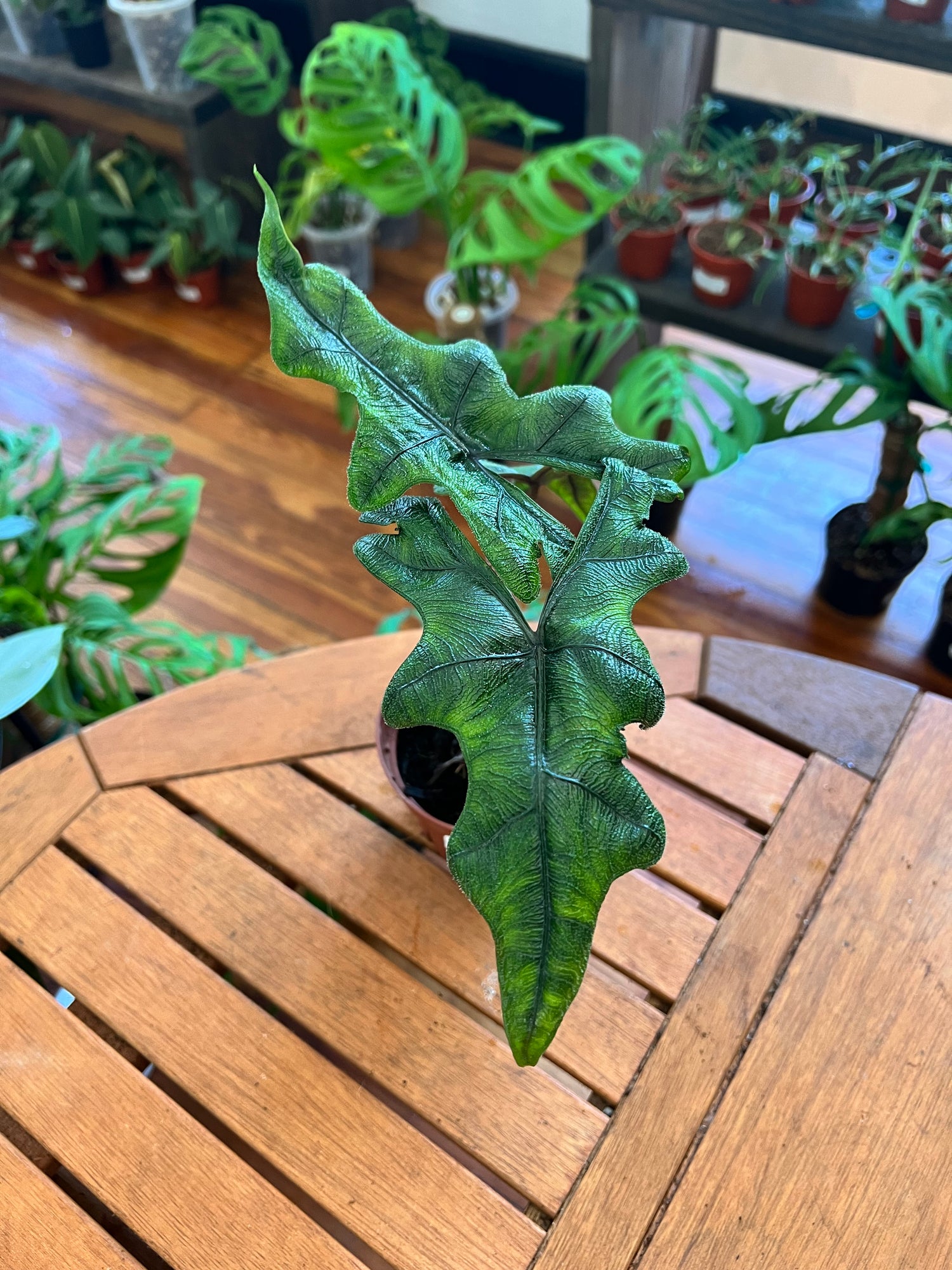Are you a plant enthusiast searching for an exquisite addition to your indoor garden? Look no further than the stunning Philodendron Pink Princess! With its alluring pink variegation and ease of care, this botanical beauty has become a sensation among plant lovers worldwide. In this blog post, we'll delve into the world of the Philodendron Pink Princess, uncovering its origins, care requirements, propagation techniques, and more.
Meet the Pink Princess
The Philodendron Pink Princess, scientifically known as Philodendron erubescens 'Pink Princess,' is a striking tropical plant native to South America. This member of the Araceae family boasts heart-shaped leaves adorned with dramatic pink variegation, which varies from light pink to deep magenta. The contrast between the lush green and vibrant pink hues is nothing short of breathtaking, making it a showstopper in any plant collection.
Origin and History
The Philodendron Pink Princess is a cultivar of the more common Philodendron erubescens. It's believed to have originated in the rainforests of Colombia, where it thrives in the filtered sunlight and high humidity of its natural habitat. The captivating pink variegation is a result of a genetic mutation, which gives the plant its unique appearance.
Care Tips for Philodendron Pink Princess
1. Light: Pink Princesses thrive in bright, indirect light. Avoid exposing them to direct sunlight, as it can scorch their delicate leaves. A north or east-facing window is an ideal spot.
2. Temperature: These tropical plants prefer warm and humid conditions. Maintain a temperature range of 65-80°F (18-27°C) and avoid cold drafts.
3. Watering: Keep the soil evenly moist, but not soggy. Allow the top inch of soil to dry out before watering. It's better to underwater than overwater, as Pink Princesses are susceptible to root rot.
4. Humidity: High humidity levels are essential for this plant's health. Regular misting or placing a humidifier nearby can help maintain the required moisture levels.
5. Soil: A well-draining potting mix with organic matter is ideal. A mix of peat moss, perlite, and orchid bark works well.
6. Fertilization: During the growing season (spring and summer), feed your Pink Princess with a balanced, water-soluble fertilizer every 4-6 weeks.
7. Pruning: Prune any non-variegated leaves to encourage new growth with pink variegation.
Propagation
If you want to share the joy of owning a Philodendron Pink Princess or expand your collection, propagation is relatively simple. Here are two common methods:
1. Stem Cuttings: Cut a healthy stem just below a node (where a leaf is attached) and place it in water until it develops roots. Once roots have formed, transplant it into a pot with well-draining soil.
2. Air Layering: This method involves creating a small wound on the stem and wrapping it with moist sphagnum moss. After a few weeks, roots will develop in the moss, and you can separate the new plant and pot it.
Caring for Pink Princess: A Rewarding Experience
Growing and caring for a Philodendron Pink Princess can be a rewarding experience for any plant enthusiast. Its exquisite beauty and relatively low maintenance requirements make it a popular choice among collectors. Whether you're a seasoned plant parent or a beginner looking to add a touch of elegance to your home, the Pink Princess is sure to steal your heart with its unique charm.
As with any plant, remember that patience is key, and it may take some time for your Pink Princess to flourish. With the right care and attention, you'll be rewarded with lush, variegated leaves that showcase nature's artistry at its finest. So, why wait? Join the growing community of Pink Princess enthusiasts and let this captivating plant grace your indoor space with its mesmerizing beauty. Happy gardening!
Tu carrito esta vacío
Seguir comprando¿Tienes una cuenta?
Inicia sesión para finalizar tus compras con mayor rapidez.

